Ancient Chinese limestone armor was made primarily for funerary purposes rather than practical use in combat.
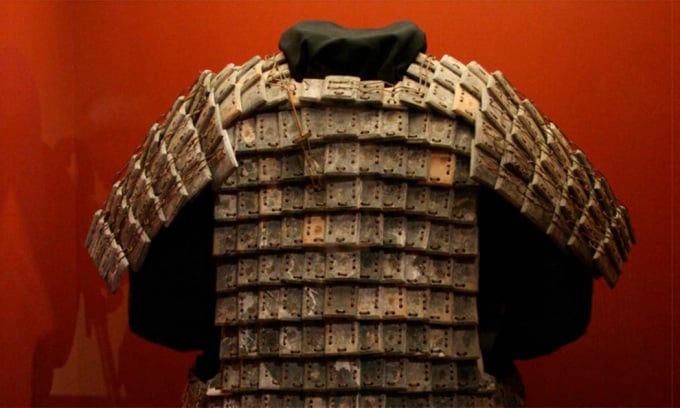
Stone armor in the tomb of Qin Shi Huang. Photo: Ancient Origins
Professor Xuewei Zhang of the Laboratory of Biological Archaeology, Jilin University, and his colleagues studied the caches of stone armor discovered in and near the tomb of Qin Shi Huang, revealing more information about the burial customs of this period, Ancient Origins reported on July 2. The new study was published in the journal Science Direct .
In 1998, Chinese archaeologists discovered a cache of stone armor in Pit K9801 at the Mausoleum of Qin Shi Huang (ruled 221–210 BC). In total, there were more than 600 small limestone pieces, connected by copper wire. In 2001, more stone armor and the tools used to make them were found in a well in Xinfeng, which dates back to the Qin Dynasty.
Then, in 2019, archaeologists from the Shaanxi Institute of Archaeology excavated the Liujiagou site, near a high-rise building in Xianyang, the capital of the Qin Dynasty, and discovered 32,392 artifacts. There were even more stone tools and armor, all of which matched the stone armor previously excavated at Pit K9801 and Xinfeng. Among the artifacts at Liujiagou were several rectangular pieces of stone armor that were perforated, polished, and had their edges processed and nearly finished.
The new research focuses on the manufacturing process of stone armor. Stone armor consists of front and back pieces, shoulder guards, and thigh guards. The costumes use high-quality limestone with a minimum number of joints.
In the new study, the team pieced together some of the broken stone pieces and reassembled them into their original armor. They also looked at the perforating technique used to make the stone armor. The process was similar to that used for leather armor, using a molding method. The manufacturing process involved nine iterations. The raw materials used to make the armor were not locally available and had to be imported from far away locations.
Zhang and his colleagues concluded that the 2019 excavation site was an important stone armor workshop during the Qin Dynasty. But in reality, stone armor does not protect the wearer effectively and is easily damaged by impact, making it unsuitable for combat. According to the new study, they were used to preserve burial objects because they decompose more slowly than leather armor. Thus, 2,200 years ago in China, stone armor was produced mainly for funerary purposes rather than practical use, but it still imitates the armor of the period.
Thu Thao (According to Ancient Origins )
Source link




![[Photo] Overcoming all difficulties, speeding up construction progress of Hoa Binh Hydropower Plant Expansion Project](https://vstatic.vietnam.vn/vietnam/resource/IMAGE/2025/4/12/bff04b551e98484c84d74c8faa3526e0)
![[Photo] Closing of the 11th Conference of the 13th Central Committee of the Communist Party of Vietnam](https://vstatic.vietnam.vn/vietnam/resource/IMAGE/2025/4/12/114b57fe6e9b4814a5ddfacf6dfe5b7f)


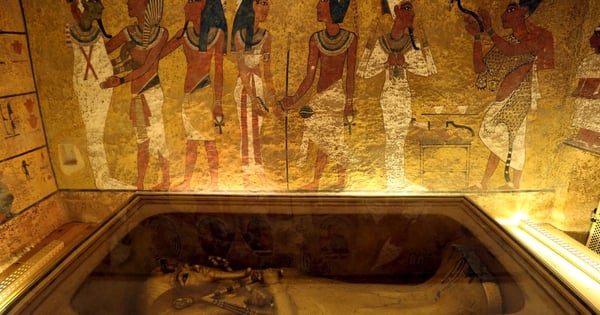

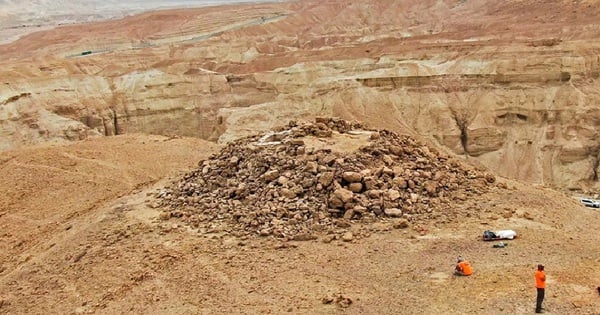
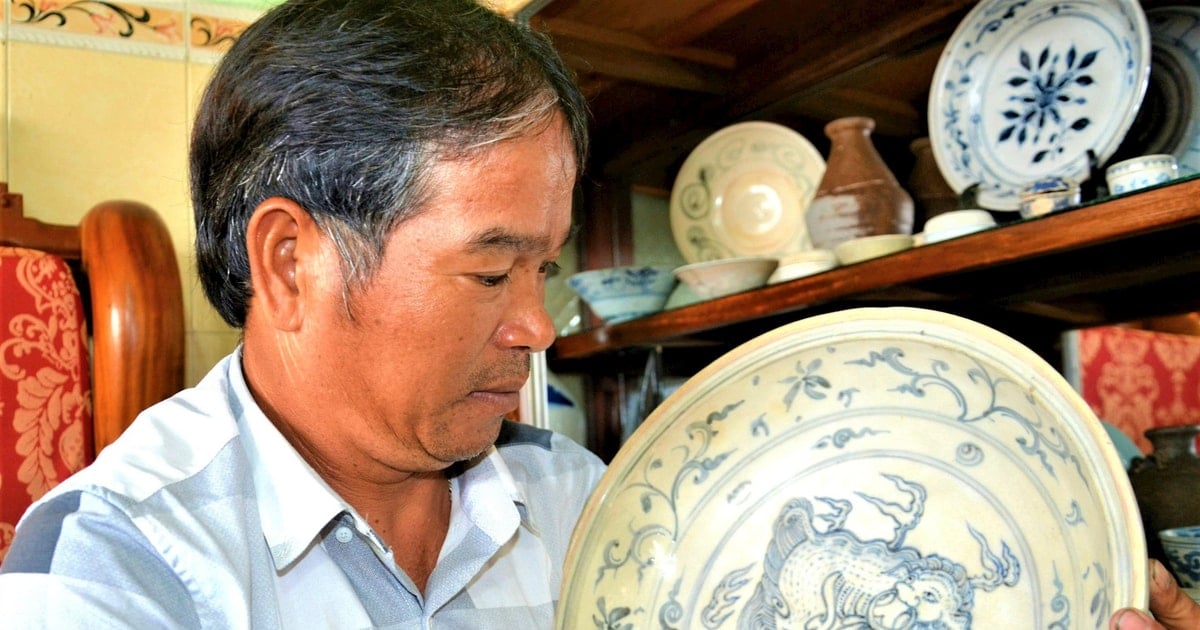



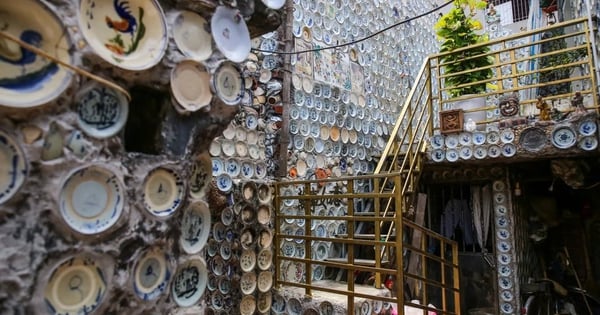

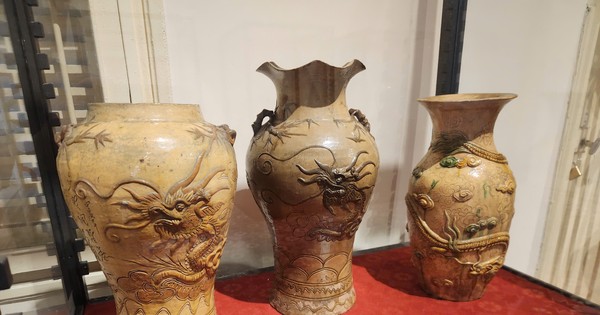


















































































Comment (0)